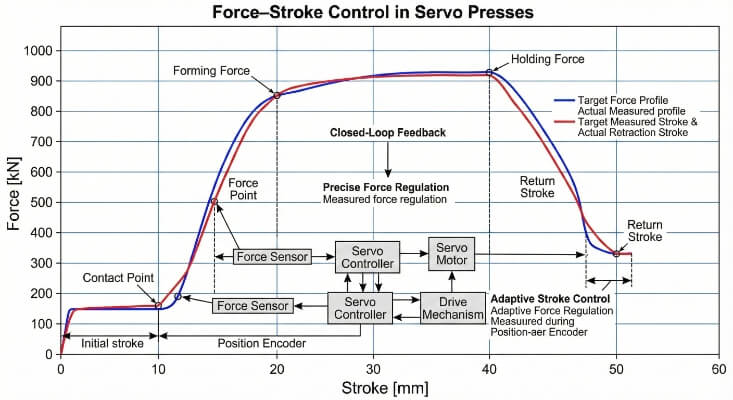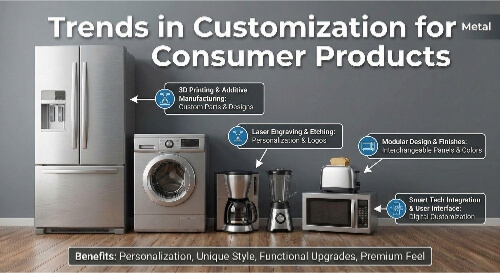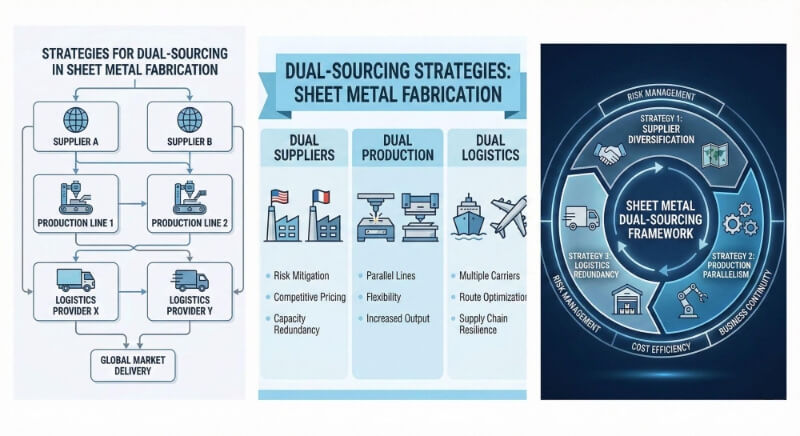Have you ever noticed that some metals corrode or rust quickly while others remain shiny and intact for a long time? Metal corrosion can lead to significant damage and high maintenance costs. This is where metal passivation comes into play, providing a protective layer that can help prolong the life of your metal products.
Metal passivation involves treating metal surfaces to make them more resistant to corrosion. This process forms a protective oxide layer that prevents the metal from reacting with environmental elements, reducing the risk of rust and corrosion.
But what exactly is metal passivation, and how does it work?
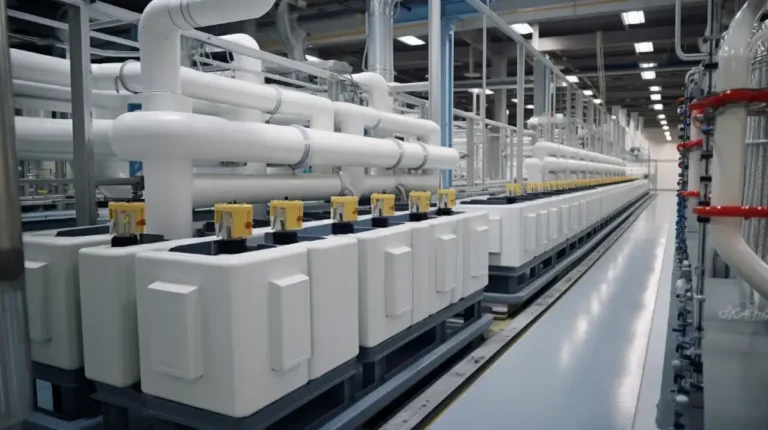
Principles of Metal Passivation
What is the Passivation of Metal?
Passivation is a process that involves treating metal surfaces to create a protective oxide layer, making them more resistant to corrosion. This layer acts as a barrier, preventing the metal from reacting with environmental elements like moisture and oxygen.
Chemical Principles
Chemical Reactions Involved
Passivation typically involves using acids to remove contaminants and facilitate the formation of an oxide layer. For example, stainless steel is often treated with nitric or citric acid to produce a chromium oxide layer that enhances corrosion resistance.
Role of Oxide Layers
The oxide layer formed during passivation is crucial as it acts as a physical barrier, protecting the underlying metal from exposure to corrosive elements. This layer is usually skinny but highly effective in preventing further chemical reactions that lead to corrosion.
Differences Between Passivation and Corrosion Resistance
While passivation refers explicitly to the treatment process that creates a protective oxide layer, corrosion resistance is a broader term encompassing various methods, including coatings and alloys, to protect metals from corrosion. Passivation is one method to achieve corrosion resistance.
Physical Principles
Surface Treatment Techniques
Various surface treatment techniques, such as chemical baths, electrochemical methods, and thermal treatments, are employed in passivation. These techniques help thoroughly clean the metal surface and promote the formation of the protective oxide layer.
Microscopic Changes in Metal Surface
At the microscopic level, passivation leads to the formation of a uniform and compact oxide layer on the metal surface. This layer fills in microscopic irregularities, creating a smoother, less reactive surface that is less corrosion-prone.
Impact of Environmental Factors
Environmental factors such as humidity, temperature, and exposure to corrosive substances can affect the effectiveness of passivation. Proper passivation techniques consider these factors to ensure the protective oxide layer remains intact and effective under varying conditions.
Types of Metal Passivation
Based on Metal Types
Passivation of Stainless Steel
Stainless steel passivation involves treating the metal with an acid solution, such as nitric or citric acid, to remove free iron and promote the formation of a chromium oxide layer. This layer enhances the corrosion resistance of stainless steel, making it suitable for use in various harsh environments.
Passivation of Aluminum
Aluminum passivation, often called anodizing, involves using an electrolytic process to form a thick oxide layer on the surface of the aluminum. This layer improves corrosion resistance, enhances the metal’s appearance, and provides better adhesion for paints and coatings.
Passivation of Copper and Its Alloys
Copper and its alloys are passivated using chemical treatments, such as benzotriazole (BTA) solutions, to form a protective layer. This layer prevents the copper from reacting with atmospheric oxygen and moisture, reducing tarnishing and corrosion.
Based on Methods
Electrochemical Passivation
Electrochemical passivation involves using an electric current in conjunction with chemical solutions to enhance the formation of the oxide layer on the metal surface. This method is particularly effective for metals like aluminum and titanium, providing a uniform and durable protective layer.
Chemical Passivation
Chemical passivation is the most common method and involves immersing the metal in acid solutions. The acids remove surface contaminants and facilitate the formation of the protective oxide layer. This method is widely used for stainless steel and other corrosion-resistant metals.
Mechanical Passivation
Mechanical passivation includes techniques such as polishing, blasting, and grinding to clean the metal surface and promote the formation of a passive oxide layer. These methods are often used as preparatory steps before chemical or electrochemical passivation, ensuring a clean and reactive surface.
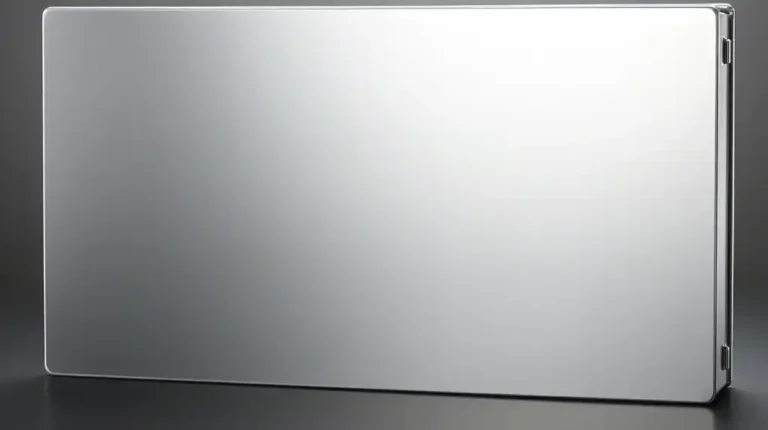
Benefits of Metal Passivation
Passivation offers several benefits, making it a crucial process for many industries:
- Corrosion Resistance: The primary benefit is enhanced resistance to corrosion, which extends the lifespan of metal products.
- Improved Aesthetics: Passivated metals maintain their appearance better over time, avoiding rust and tarnish.
- Enhanced Durability: Products treated with passivation are more durable and reliable, making them suitable for harsh environments.
- Cost Savings: Passivation helps lower maintenance costs and avoid frequent replacements by reducing corrosion rates.
Detailed Process of Metal Passivation
Pre-Treatment
Cleaning and Degreasing
The first step in the passivation process is cleaning and degreasing the metal surface. This involves removing oils, greases, and other contaminants that can interfere with forming the protective oxide layer. Common cleaning agents include alkaline solutions and solvents, ensuring a clean surface.
Surface Preparation Techniques
Surface preparation techniques such as mechanical polishing, abrasive blasting, or etching are often employed to create a uniform surface. These techniques help to remove any oxides, scales, or imperfections, providing an ideal surface for the passivation process.
Passivation Techniques
Chemical Baths
Chemical passivation involves immersing the cleaned metal in acid solutions, such as nitric or citric acid. The acid reacts with the metal surface, dissolving impurities and forming a thin, protective oxide layer. This process is commonly used for stainless steel and other corrosion-resistant metals.
Anodizing Processes
Anodizing is an electrochemical passivation process used primarily for aluminum. It involves immersing the metal in an electrolytic solution and applying an electrical current, which promotes the formation of a thick, durable oxide layer. This layer enhances corrosion resistance and can be dyed to achieve various colors.
Use of Inhibitors
Inhibitors are chemicals added to the passivation bath to enhance the protective properties of the oxide layer. They work by slowing down the reaction rate, allowing a more uniform and stable oxide layer to form. Inhibitors are beneficial in environments with aggressive corrosive agents.
Post-Treatment
Rinsing and Drying
After passivation, the metal must be thoroughly rinsed to remove residual chemicals. This step is crucial to prevent potential chemical reactions that could compromise the protective oxide layer. The rinsed metal is then dried to ensure no moisture is trapped on the surface, possibly leading to corrosion.
Quality Control and Testing
The final step in the passivation process is quality control and testing. This involves inspecting the metal surface to ensure the oxide layer is uniform and defects-free. Standard tests include salt spray testing, humidity testing, and electrochemical analysis to verify the effectiveness of the passivation.
Challenges in Metal Passivation
Handling Complex Geometries
Intricate shapes and tight spaces make it difficult to ensure that the passivation solution reaches all areas evenly. Incomplete coverage can result in weak spots that are susceptible to corrosion. Special techniques and equipment may be required to achieve consistent results on complex parts.
Ensuring Uniform Coating
Variations in the thickness of the oxide layer can lead to uneven protection, with thinner areas being more prone to corrosion. Factors such as concentration of passivation solution, immersion time, and temperature must be carefully controlled.
Managing Process Variables
The passivation process involves numerous variables that must be managed to ensure optimal results. These include the chemical composition of the passivation solution, the duration of exposure, the process’s temperature, and the metal surface’s cleanliness. Any deviation from the optimal parameters can compromise the quality of the passivation layer, reducing its effectiveness in preventing corrosion.
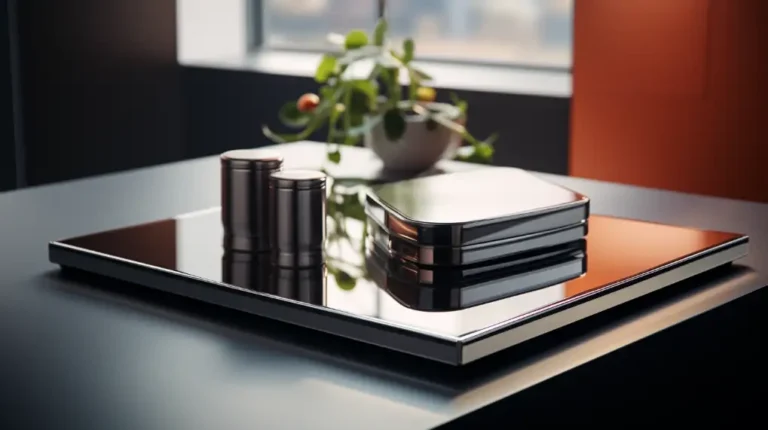
Industry Applications
Some real-world applications of passivation are listed below:
Aerospace
Passivation ensures aircraft components like aluminum and stainless steel resist corrosion.
Medical Devices
The process ensures surgical instruments and implants are biocompatible and corrosion-resistant.
Food Processing
Stainless steel equipment in food production remains hygienic and un-corroded.
Electronics
Printed circuit boards and connectors are protected from oxidation, enhancing reliability.
Automotive
Passivation extends the lifespan of engine parts, chassis, and body panels.
Construction
Building materials like steel beams are protected from corrosion, ensuring structural integrity.
Conclusion
Metal passivation is crucial across various industries, providing corrosion resistance, improved aesthetics, and enhanced durability for metal components. From aerospace to construction, its benefits are clear. Understanding passivation helps us appreciate its role in extending the lifespan and performance of metal products. As we refine these techniques, passivation will continue to ensure the quality and reliability of our metal goods.
Do you need a reliable sheet metal parts manufacturer? Shengen is the place to go. We specialize in sheet metal laser cutting, bending, surface finish, and CNC Machining. Reach out to Shengen Today and seek help from professionals!
FAQs
What metals can be passivated?
Metals like stainless steel, aluminum, titanium, and copper can be passivated. The process is tailored to each metal’s specific properties and requirements to enhance its corrosion resistance.
How does passivation differ from plating?
Passivation involves creating a protective oxide layer on the metal surface through chemical treatment. In contrast, plating involves coating the metal with a different material, such as nickel or chrome, to provide protection and aesthetic appeal.
What are the standard passivation solutions used?
Standard passivation solutions include nitric acid, citric acid, and phosphoric acid. These solutions help form the protective oxide layer on the metal surface.
How long does the passivation process take?
The passivation process can take anywhere from a few minutes to several hours, depending on the metal type, the complexity of the part, and the specific passivation method used.
How does passivation differ from other metal finishing processes?
Passivation specifically enhances corrosion resistance by forming an oxide layer, while other metal finishing processes, like plating, anodizing, or coating, provide additional properties such as improved wear resistance, conductivity, or aesthetic finishes.
More Resources:
Difference Between Passivation and Plating – Source: Celco
Chemical Passivation Methods – Source: ScienceDirect
Hey, I'm Kevin Lee

For the past 10 years, I’ve been immersed in various forms of sheet metal fabrication, sharing cool insights here from my experiences across diverse workshops.
Get in touch

Kevin Lee
I have over ten years of professional experience in sheet metal fabrication, specializing in laser cutting, bending, welding, and surface treatment techniques. As the Technical Director at Shengen, I am committed to solving complex manufacturing challenges and driving innovation and quality in each project.

